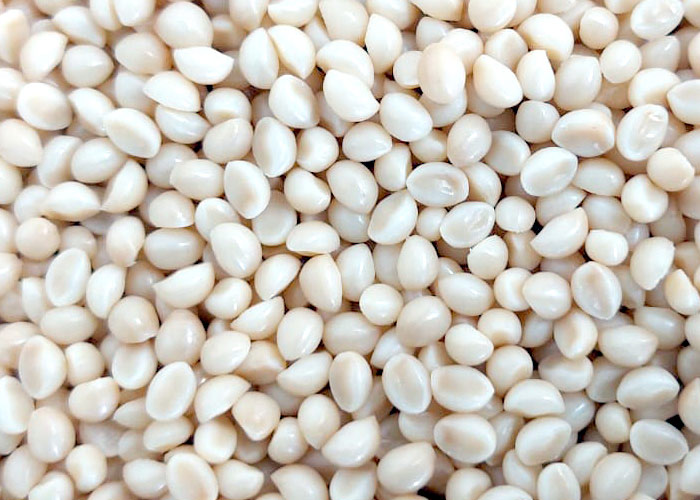
The bioplastics industry
Bioplastics represent a significant advancement in the quest for sustainable solutions to replace traditional plastics. They are made from renewable raw materials such as starches, vegetable oils, and sugars, providing an ecological alternative to petroleum-based plastics. The bioplastics industry is rapidly expanding, with diverse applications and continuous innovations to meet the needs of consumers and industries.

Origins of Raw Materials
The raw materials used in the production of bioplastics primarily come from plant resources. Starches, extracted from plants like corn, potatoes, and cassava, serve as an essential base for many bioplastics. Vegetable oils, such as soybean and rapeseed oils, are also utilized to produce biodegradable polymers. Sugars, derived from crops like sugarcane and sugar beet, play a crucial role in the synthesis of certain bioplastics.
Transformation Steps
The transformation of raw materials into bioplastics goes through several key stages:
01
Extraction and Purification
Vegetable raw materials are extracted and purified to obtain basic components such as starch, oil, or sugar.
02
Synthesis of Polymers
The basic components are then transformed into biodegradable polymers through chemical or biological processes. For example, polylactic acid (PLA) is synthesized from fermented sugars.
03
Formulation of Compounds
The polymers are mixed with additives to create bioplastic compounds with specific properties, tailored for various applications.
04
Manufacturing of Finished Products
Bioplastic compounds are molded, extruded, or cast to produce finished items such as bags, packaging, and agricultural films.
